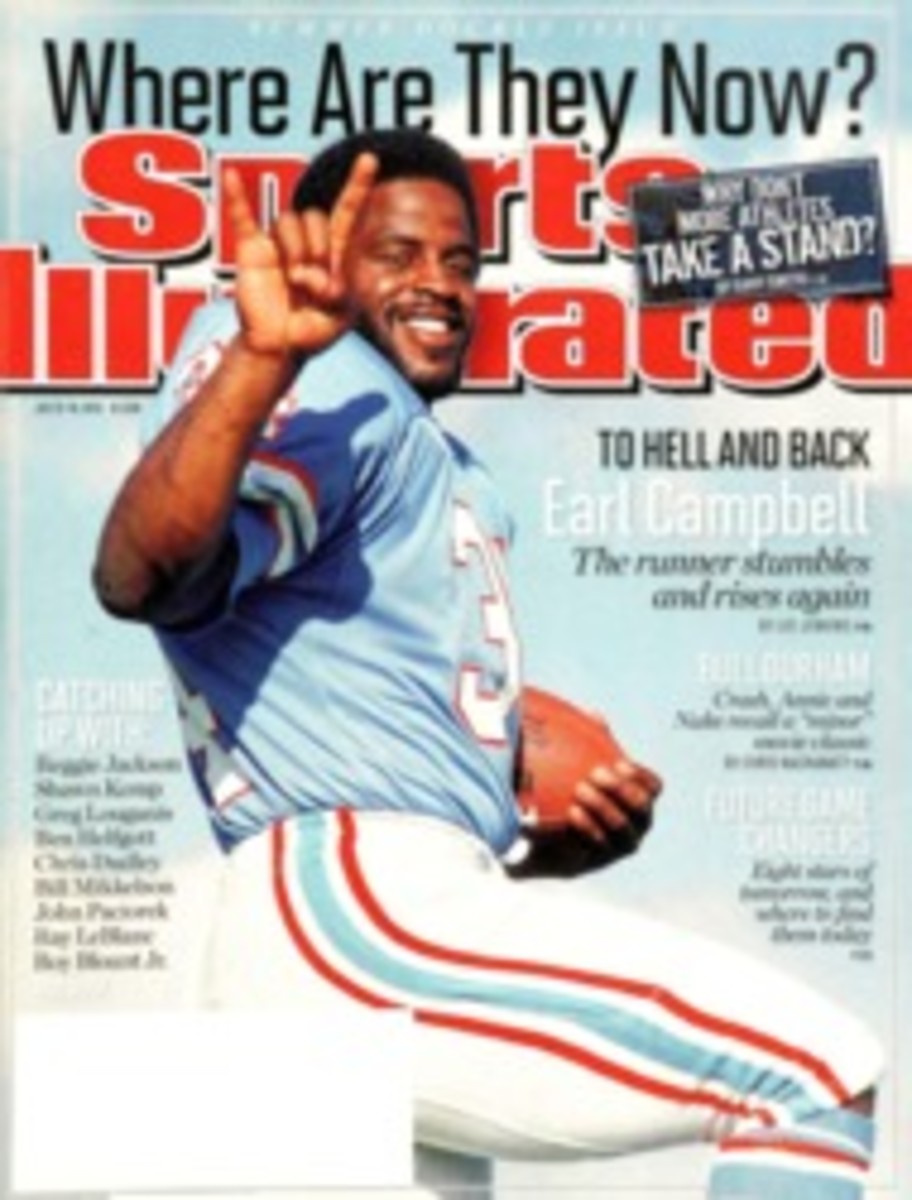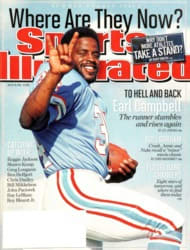
As Time Goes By
Memory sport, or the mind sport of memory, is a goofball competition in which you attempt to memorize information as fast as you can, then present it back—as in reciting the order of a shuffled deck of cards. Nobody at SPORTS ILLUSTRATED does that. Sports memory, on the other hand, is what you remember about sports. This is more than trivia because it reflects character. The best sports memory at SI probably belongs to senior editor Dick Friedman, who in 18 years at the magazine has edited everything from football to pieces about Texas hold 'em and Scrabble. Throw a year at the sly Friedman, and you get not just what happened but also what didn't happen, which tells its own story. Try 2007: "Brett Favre was getting ready to play one last season ... for Green Bay." Friedman could go on, just about quarterbacks: "The reigning Super Bowl champion was a Manning ... Peyton. Brother Eli (that underachiever) was a whipping boy of sports talk-show callers. Tim Tebow was just coming out of a quarterback controversy ... at Florida, but Tebowing was not yet a verb. In other good news that year Tiger Woods (who won the PGA Championship, his 13th major title), A-Rod (.314, 54 home runs, a career-high 156 RBIs in an MVP season) and Manny Ramirez (.296, 20, 88) were paragons of spotlessness." Times change.
Longer-term memory is even more complicated. There are always surprises, which often provide piercing glimpses of character. Checking in with former stars—such as Earl Campbell (page 68), Shawn Kemp (page 74) and Reggie Jackson (page 114)—in our 71-page annual Where Are They Now? section, you discover a depth beyond the athletic greatness of their heyday. They are mature people who have lived their lives, taken their hits and come through with compelling human lessons. That is the best way to remember them.
Memory can play tricks, but it tells us who we are and sometimes what we might become. This is particularly important at a time when cultural amnesia can cloud our view of the role of athletes in our lives. With his usual depth of reporting, Gary Smith tells the story of Joseph Williams (page 50), a 19-year-old defensive back on a Division I football team and possibly the only one of 444,000 young Americans who play a college sport who is an activist as well as a student-athlete. Asking a big question about why Williams is such a rarity today, Smith evokes the activism of the late 1960s and early '70s: Billie Jean King testifying before a Senate subcommittee on behalf of an educational gender equality bill; Arthur Ashe calling for the expulsion of South Africa from the International Lawn Tennis Federation in '70 in protest against apartheid; Bill Walton demonstrating against the Vietnam War; and Tommie Smith and John Carlos raising their black-gloved fists in Mexico City. What Gary is asking is, Do athletes still care? More on that in the next issue: the Olympic Preview.
FOLLOW @SI_TMcDonell
CHECKING IN WITH FORMER STARS, YOU DISCOVER A DEPTH BEYOND THEIR ATHLETIC GREATNESS. THAT IS THE BEST WAY TO REMEMBER THEM.
PHOTO
MEL LEVINE

